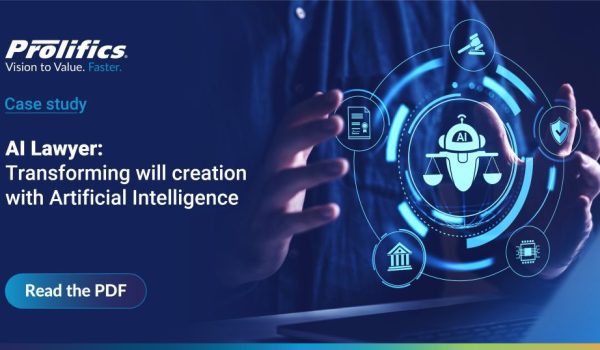Integration and APIs: Two Sides of the Same Coin
Integration has been a fundamental concept in computing since the early days of software development. Web-based APIs, distinct from the concept of API technology (including remote procedure calls and libraries), have been around since the early 2000s. However, they have only recently become a key technology, gaining indispensability in the last five to 10 years.
Why Legacy Integration Tools Fall Short
Most organisations recognise the need for further integration in the modern business IT landscape. With the proliferation of on-site databases, SaaS applications, smartphone apps, and more, the challenge is to effectively utilise all these components simultaneously. As best-of-breed tech stacks become the standard and the number of apps used by employees increases, the demand for convergence intensifies.
In the past, connecting two machines or software pieces involved manually coding a point-to-point link. While effective in the early days of computing, this approach becomes impractical when dealing with the thousands of devices and applications prevalent in today’s businesses. Enterprise service buses (ESB) and middleware emerged as preferred integration solutions, acting as common communication hubs. However, their limitations, including scope and compatibility outside the corporate firewall, can hinder their effectiveness.
API Integration in Action
APIs are designed with cloud computing in mind, excelling in linking both cloud and on-premise applications. This versatility makes them well-suited for the hybrid IT configurations common in today’s companies.
“We live in an API economy, a set of business models and channels based on secure access of functionality and exchange of data,” notes Gartner analyst Christy Pettey. APIs facilitate integration across various platforms, connecting people, places, systems, data, and algorithms to create new user experiences and business models.
Consider Uber as a real-world example. The app relies heavily on APIs for features like maps-based tracking and mobile payments. Hundreds of thousands of drivers, passengers, and Uber developers can use the app simultaneously, thanks to well-coordinated APIs.
In corporate marketing departments, APIs enable efficient integration of various tools like CRM frameworks, email marketing tools, analytics solutions, and social media outreach tools. This integration through APIs allows the marketing team to build a cohesive stack, enhancing efficiency and profitability.
Meeting the Challenges of Tomorrow: Mobile Communication and IoT
The challenges in the IT world continue to evolve, with enhanced mobile communication and the Internet of Things (IoT) playing significant roles. APIs, with their cloud-centric and multi-user capabilities, are ideally suited to meet current and future integration requirements. Approximately 80 percent of workers use their own mobile devices for work, and a similar percentage has been equipped by their employer with laptops or computers.
Furthermore, the number of objects linked to the web is expected to rise by over 30 percent, reaching 8 billion by the end of the year. APIs prove crucial in addressing these evolving integration needs.
Integration and APIs: Today’s “IT Couple”
APIs are indispensable in addressing the diverse integration needs of modern enterprises. An integration framework that also manages APIs helps businesses leverage technology investments on both sides of the firewall, whether on-premise, SaaS, or in the cloud.
Enterprises can seamlessly link valuable data without the need to replace legacy systems. An API integration framework is versatile and scalable, making it adaptable to an all-cloud architecture if necessary.
As Gartner emphasises in “How Pervasive Integration Enables Your API Initiatives (and Vice Versa),” “APIs and integration technology are intimately correlated. API initiatives require integration technologies, and API-enabling technologies are essential components in any strategic integration infrastructure.”
Start Using API and Integration solutions for Your Organisation
As organisations modernise and start leveraging APIs to enhance their connectivity to systems, services, and data streams, ensuring that the right technology and frameworks align with your long and short-term goals can be a challenging process. This, coupled with a lack of expertise in system integration and APIs, often leads to a rapid path towards failure.
Prolifics is a trusted integration and API consultancy with over 30 years of experience in this space, serving as a long-term partner to the world’s largest organisations. We can assist your team in achieving your integration goals, opening new revenue streams, and implementing new technology.
We partner with industry leaders such as IBM, MuleSoft, Microsoft Azure, Red Hat, and many more to embed their technology with our own accelerators and processes, producing bespoke solutions that align with your needs and price point. Visit our integration and API page to explore how we can support you in your transformation and modernisation goals.








